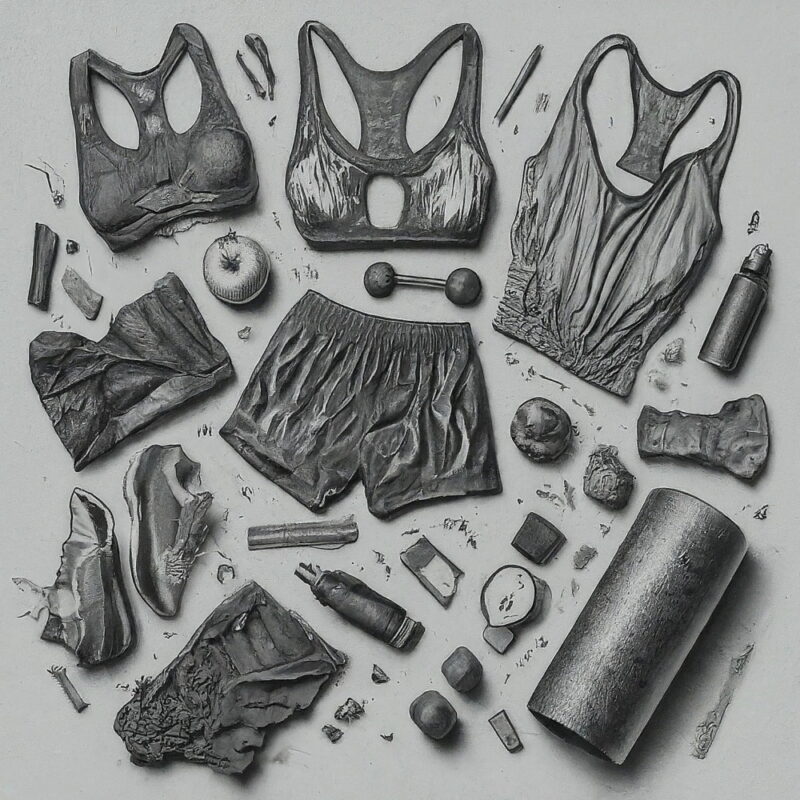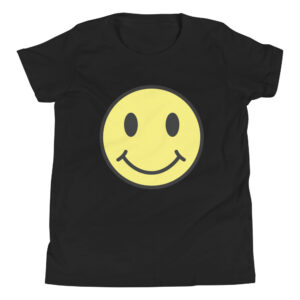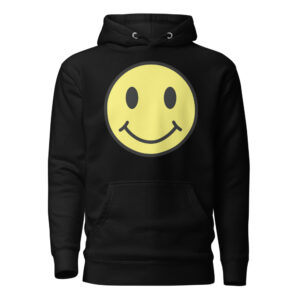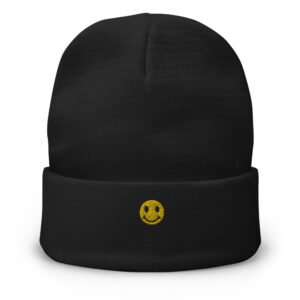Why Fitness Fashion is More Than Just a Trend
Fitness fashion, also known as athleisure, has evolved from simple workout gear into a significant trend that blends style with functionality. No longer confined to the gym, fitness fashion has become an everyday staple for many, influencing how we dress, regardless of the occasion. This transformation reflects broader changes in lifestyle, where comfort, versatility, and personal expression are valued more than ever.
The Rise of Athleisure
The term “athleisure” represents the merging of athletic and leisurewear, and it’s more than just a fleeting trend. As society increasingly embraces health and wellness, people are seeking clothing that accommodates their active lifestyles. Athleisure fills this need perfectly, offering outfits that transition seamlessly from the gym to the office or a casual outing. Brands have taken note, creating collections that are both performance-driven and fashion-forward, making it easy to look good while staying active.
The Influence of Celebrity Culture
Celebrities have played a significant role in popularizing fitness fashion. Figures like Beyoncé, Rihanna, and the Kardashians have not only showcased athleisure as a stylish option but also launched their own lines, blending high fashion with activewear. This has helped break down the barriers between sportswear and everyday fashion, making it acceptable—and even desirable—to wear leggings, hoodies, and sneakers outside of a workout setting. The result is a shift in fashion norms, where comfort doesn’t mean compromising on style.
Innovative Materials and Designs
Advancements in textile technology have also fueled the fitness fashion movement. Modern fabrics are designed to be breathable, moisture-wicking, and supportive, providing the functionality needed for intense workouts while also being comfortable enough for all-day wear. Brands are continuously innovating, incorporating sustainable materials, and designing clothes that are both durable and eco-friendly. The result is a market filled with options that cater to different body types, preferences, and needs.
Fashion Beyond the Gym
One of the most significant changes fitness fashion has brought is its versatility. Athleisure outfits can be styled for various settings, making them a go-to choice for many. For example, pairing sleek leggings with a tailored jacket and sneakers creates a chic, professional look that’s still comfortable. This adaptability has made fitness fashion a favorite for those who lead busy lives, as it allows for easy transitions between different activities without the need for multiple outfit changes.
The Impact on Body Positivity
Fitness fashion has also contributed to the body positivity movement by promoting inclusivity and diversity. Brands are increasingly offering extended sizes and showcasing a wider range of body types in their campaigns. This shift not only broadens the market but also helps challenge traditional beauty standards. By embracing all shapes and sizes, fitness fashion empowers individuals to feel confident and comfortable in their skin, whether they’re working out or just going about their day.
The Future of Fitness Fashion
As the lines between fitness, fashion, and lifestyle continue to blur, the influence of fitness fashion is likely to grow. Future trends may see even more integration of technology, such as smart fabrics that monitor health metrics or adapt to different activities. Additionally, the focus on sustainability will likely intensify, with consumers seeking out eco-friendly options that align with their values. Fitness fashion is not just a trend—it’s a reflection of broader cultural shifts toward health, wellness, and self-expression.
From Gym to Street
Fitness fashion has undoubtedly changed the game, redefining what it means to dress for success. No longer limited to workout sessions, these versatile pieces have become an integral part of our everyday wardrobes. By prioritizing comfort, functionality, and style, fitness fashion offers a dynamic solution for modern life, bridging the gap between performance and personal expression. As the trend continues to evolve, it’s clear that fitness fashion is here to stay, shaping the future of what we wear and how we live.






